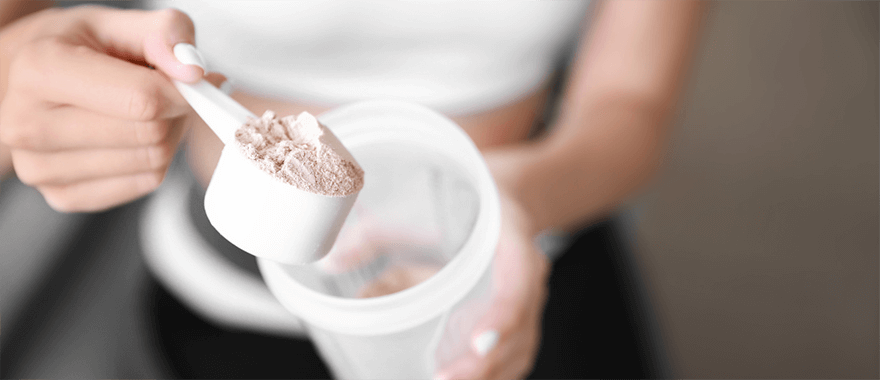The pumpkin spice playbook: what's the real pumpkin flavor?
.png?la=en&h=480&w=880&hash=8AFC804FF7EA73A54D92B4198D4A15F2)
Posted: September 30, 2024
As the weather cools down in the Midwest and the days become shorter, it's that time when people start embracing the fall season with pumpkin spice everything. From lip gloss to yogurt, the pumpkin spice trend is in full swing, filling store shelves with a cozy aroma.
But let's take a moment to appreciate the genuine tastes of pumpkin and pumpkin pie spice, beyond the sugary treats and baked goods. This post celebrates the natural flavors of pumpkin (a type of squash) and pumpkin pie spice (a mix of cinnamon, ginger, allspice, cloves, and nutmeg), which often get overshadowed by the sweetness. We're not dismissing the joy of indulging in a slice of pumpkin pie; we just want to savor pumpkin's goodness without the sugar rush.
Having an occasional seasonal treat is alright, as long as we remember to choose foods that are close to their original form, like fresh pumpkin or pumpkin puree, to avoid unnecessary additives and preservatives found in packaged goods.
Pumpkin is a vegetable, and to relish its nutritional benefits, opt for fresh pumpkin or incorporate pumpkin puree into both sweet and savory recipes. Many "pumpkin spice" products in stores might lack actual pumpkin and could be masked with sugar, hiding the true pumpkin flavor.
What is pumpkin spice?
"Pumpkin spice" or "Pumpkin Pie Spice" doesn't actually include pumpkin. It's a blend of warm spices commonly used in pumpkin pie recipes. You can buy pumpkin pie spice or create your own mixture by combining cinnamon, allspice, cloves, ginger, mace, and nutmeg.
Pumpkin – The Amazing Squash
Pumpkins belong to the winter squash family and come in various types. All winter squash varieties, including pumpkins, offer excellent amounts of fiber, potassium, Vitamin C, beta-carotene (transforms into Vitamin A), and carotenoids (which may help reduce inflammation).
We don't have to wait until Thanksgiving to enjoy pumpkins. Canned pumpkin puree is an easy way to incorporate pumpkin into your diet. Unlike "canned pumpkin pie," which has added sugar, pumpkin puree can be added to oatmeal, baked goods, chili, yogurt, and more. A quarter-cup of pumpkin puree is nutrient-rich, with just around 20 calories, providing over half your recommended Vitamin A intake, along with plenty of carotenoids, making it a fantastic way to add veggies and fiber to your favorite dishes.
Pumpkin seeds, also known as pepitas, are a superb plant-based source of zinc, essential for wound healing and a healthy immune system. A small handful of pumpkin seeds contains beneficial nutrients like magnesium, phosphorous, and zinc, making them a great snack choice.
Try This Pumpkin Spice Energy Bites Recipe
Here's an energizing recipe idea from One Balanced Life using pumpkin spice for bite-sized snacks, perfect before a workout.
Ingredients:
- 1 1/2 cup rolled oats
- 1/2 cup pumpkin puree
- 1/3 cup creamy almond butter or peanut butter
- 1/4 cup mini chocolate chips
- 2 tbsp honey
- 2 tbsp chia seeds (optional)
- 1/3 cup vanilla protein powder
- 1 1/2 tsp pumpkin pie spice
- 1 tsp cinnamon
- dash of sea salt
Instructions:
- Combine all ingredients into a bowl and mix.
- Place mixture in the fridge for 15-20 minutes or so.
- Roll into balls!
- Store in the fridge for the week!
Quick tip: These energy bites freeze well. Prepare a large batch, store them in a ziplock bag in the freezer, and grab them whenever you need a pre-workout boost.
Learn more about nutrition from our sports dietitian.




